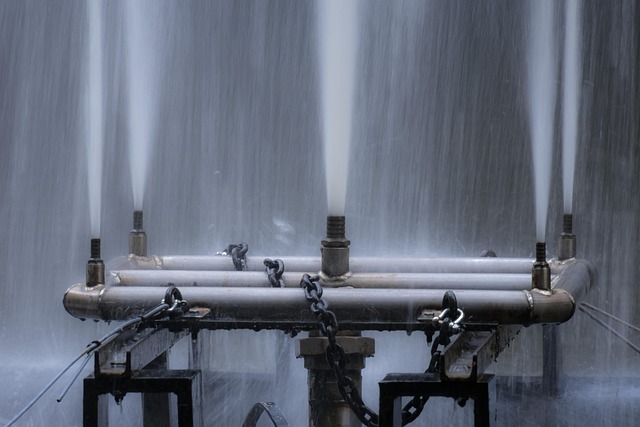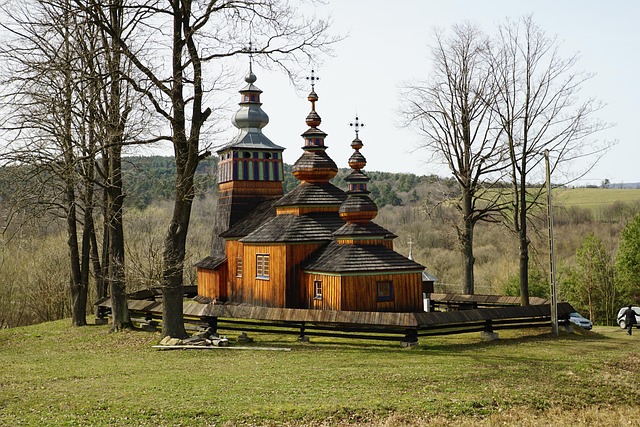Low water pressure in homes is often attributed to infrastructure issues within municipal water networks, aging pipes, leaks, and faulty valves, affecting even well-maintained internal plumbing. Identifying causes like mineral deposits, corroded pipes, or inefficient water heaters through visual inspections and maintenance checks is crucial for effective problem-solving. Targeted actions include repairing leaks, replacing outdated plumbing and appliances, and contacting local water utilities to address systemic issues, ensuring optimal water pressure across properties.
Low water pressure can be a frustrating issue, whether it’s in your home or throughout an entire municipality. While quick fixes exist for minor problems like clogged aerators, more severe cases require deeper investigation. This article delves into the causes of low water pressure, differentiating between common municipal issues and potential home plumbing troubles. By understanding the root cause, you’ll be equipped to choose the most effective solution, ensuring a steady, strong flow once again.
- Understanding Low Water Pressure: Common Municipal Issues
- Home Plumbing Troubles: Potential Causes and Solutions
- Identifying the Root Cause: A Comprehensive Approach to Fixing Low Pressure
Understanding Low Water Pressure: Common Municipal Issues

Low water pressure is a common issue that homeowners often encounter, and it can be frustrating for anyone who relies on a steady flow of hot or cold water for their daily routines. Understanding the causes behind this problem is the first step in resolving it. In many cases, low pressure isn’t always a matter of poor plumbing but can stem from various municipal issues.
One of the primary causes could be the aging infrastructure of the local water distribution system. Old pipes, valves, and pumps may not be able to deliver water at the required pressure, leading to reduced flow rates. Additionally, if there are many residents using water simultaneously, such as during peak hours or in high-demand areas, this can temporarily decrease pressure throughout the municipality. Water main repairs, leaks, or even planned maintenance works can also cause disruptions, resulting in lower than expected water pressure for homeowners.
Home Plumbing Troubles: Potential Causes and Solutions

Low water pressure in your home can be frustrating, but it’s often a fixable issue. Several factors could contribute to this problem, ranging from simple clogs to more complex plumbing issues. Let’s explore some common causes of low water pressure within your house.
For starters, check your faucets and showerheads for mineral deposits or buildup from hard water. These can restrict the flow of water, leading to reduced pressure. Regular cleaning or replacing aerators might resolve this. Older homes may have corroded pipes that need replacement due to rust blockages. Leaks in supply lines or faulty valves can also cause significant drops in pressure. Identifying these issues and scheduling prompt repairs is key to restoring optimal water pressure throughout your home.
Identifying the Root Cause: A Comprehensive Approach to Fixing Low Pressure

Identifying the root cause of low water pressure is a crucial step in effectively addressing the issue. A comprehensive approach involves systematically evaluating various factors that could be contributing to the problem. Start by checking for leaks in pipes, both visible and hidden, as even small leaks can significantly reduce water flow. Next, assess the condition of your home’s plumbing, including corroded or narrowed pipes, faulty valves, or outdated fixtures, which may restrict water flow.
Additionally, consider the age and efficiency of your water heater. Older heaters may not heat water to the optimal temperature, leading to reduced pressure. In some cases, the issue might lie with the municipal water supply itself, such as main line pressure variations or water quality issues. Understanding these potential causes enables you to take targeted actions, whether it’s repairing leaks, replacing outdated plumbing, upgrading appliances, or even contacting your local water utility for clarification on any systemic problems.
Low water pressure can be a frustrating issue, whether it’s due to municipal problems or home plumbing. By understanding the causes, from common municipal issues like rusted pipes and inadequate infrastructure to home plumbing troubles such as aerator issues and low-flow fixtures, you can take informed steps to address the problem. A comprehensive approach, involving identifying and fixing the root cause, is key to restoring adequate water pressure in your home. Remember, addressing these causes not only improves your daily comfort but also saves water and money in the long run.
